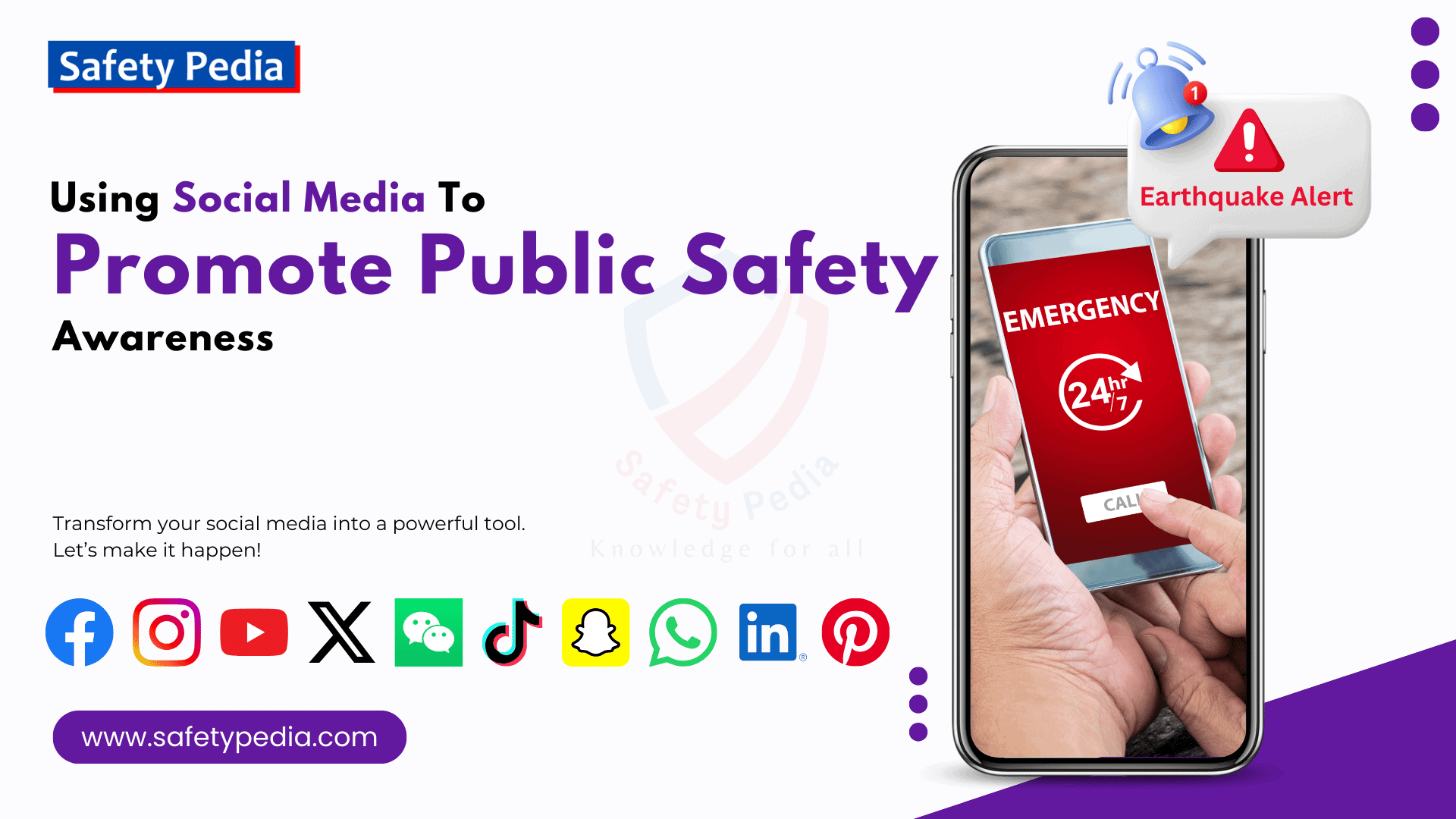
Introduction: Using Social Media to Promote Public Safety
In today’s digital age, social media can be a powerful tool for enhancing public safety. With billions of active users globally, platforms like LinkedIn, Twitter, Facebook, Instagram, Pinterest and TikTok provide an unprecedented way for law enforcement agencies, emergency responders, private organizations and local governments to engage with the public. These platforms facilitate rapid dissemination of real-time information, create avenues for community involvement, and raise trust between authorities and citizens. This article explores practical strategies for using social media to promote public safety awareness, including crafting targeted campaigns, engaging audiences with interactive content, and building trust through consistent, transparent communication.
Social media is a vital channel for disseminating crucial information during natural disasters, public health emergencies, or security threats. Authorities can quickly share updates, alerts, and safety instructions, often reaching a broad audience faster than traditional methods. This instant access to information can save lives and provide clear guidance to those affected.
Moreover, online community engagement allows law enforcement to build relationships with residents. By actively participating in discussions, sharing informative content, and responding to community concerns, concerning departments create a transparent environment. Engaging with the public enhances confidence in local law enforcement and encourages community members to report suspicious activities.
How Social Media Enhances Emergency Response and Communication?
Social media platforms offer a dynamic way to disseminate real-time updates to the public during emergencies. For instance, during a natural disaster, agencies can use social media to inform citizens about evacuation routes, detours, shelter locations, and safety tips.
Agencies can utilize platforms high-volume channels like X (Twitter), Facebook, WhatsApp or similar to issue public alerts swiftly, ensuring that critical information reaches those most affected without delay. This crisis communication strategy not only keeps citizens informed but also triggers them to take necessary precautions during critical situations. Moreover, emergency management on social media allows for two-way communication; individuals can report incidents or seek assistance directly through these channels.
Community Alerts and Notifications
One effective strategy is the use of proactive community alerts. Agencies can set up systems to automatically notify residents via platforms like Facebook, Twitter, Instagram, and TikTok when severe weather events, hazardous conditions, or urgent public safety threats arise. Public safety officials enhance their reach and effectiveness by encouraging community members to follow or subscribe to these channels.
Personalized notifications based on geographic location can ensure that individuals receive relevant information tailored to their circumstances. For example, during the COVID-19 pandemic, geofencing technology was effectively utilized to alert communities about areas with high infection rates, discouraging unnecessary visits and helping to contain the spread of the virus. Similarly, location-based alerts can warn people about natural disasters, hazardous conditions at construction sites, or areas with ongoing security threats, enabling them to make informed decisions and prioritize their safety. This targeted approach enhances public safety by delivering timely, actionable information to those most need it.
Strengthening Crisis Management Efforts
Social media is pivotal in enhancing crisis management efforts and public engagement. Additionally, social media encourage collaboration between stakeholders—government agencies, first responders, and the public—ensuring a unified approach to managing emergencies, disseminating emergency protocols, and coordinating relief efforts. Integrating social media into crisis management strategies accelerates response times and builds public trust and resilience in the face of adversity. Authorities and organizations can leverage these platforms to gather public situational awareness through user-generated content and activities while maintaining privacy to overall benefit humanity. By monitoring social media activity during crises, decision-makers can identify emerging threats, track public sentiment, and respond promptly to misinformation.

How Social Media Enhances Safety Measures?
Social media has revolutionized how safety measures are implemented and communicated across various sectors. By bridging gaps in traditional communication methods, social media ensures that safety measures reach a broader audience, creating a more informed and prepared society.
- Real-Time Alerts and Notifications
- Instant dissemination of emergency alerts (e.g., natural disasters, accidents).
- Location-based notifications using geofencing to warn of specific hazards.
- Direct communication with communities during crises.
- Community Engagement and Awareness Campaigns
- Leveraging influencers to promote safety messages.
- Hosting interactive sessions, such as Q&As, polls, and webinars, to address safety concerns.
- Sharing infographics, videos, and safety tips to educate the public.
- Monitoring and Feedback Collection
- Using social media analytics to identify emerging safety threats.
- Encouraging public reporting of unsafe conditions or incidents.
- Real-time tracking of sentiment and trends to adjust safety measures.
- Promoting Preventive Measures
- Sharing best practices for workplace and public safety.
- Conducting online safety challenges to increase engagement.
- Using success stories to motivate individuals to adopt safety precautions.
- Misinformation Management
- Rapidly addressing and correcting false safety information.
- Partnering with fact-checking organizations to maintain credibility.
- Educating the public on distinguishing reliable sources from fake news.
- Collaboration with Stakeholders
- Coordinating with emergency services, healthcare providers, and government agencies.
- Facilitating cross-sector collaboration for enhanced safety protocols.
- Utilizing platforms for public-private partnerships in safety initiatives.
- Building a Culture of Safety
- Encouraging community-driven safety efforts.
- Highlighting the importance of individual responsibility in maintaining safety.
- Recognizing and celebrating efforts to enhance safety within communities.
Engaging the Community by Building Trust Through Social Media Platforms
Building trust between law enforcement agencies and their communities is essential for effective policing. Community policing initiatives can be significantly enhanced through strategic social media engagement implementation. By actively interacting with residents, communities, emergency service providers, and private organizations, police departments can promote trust-building relationships that encourage citizen feedback channels. This open dialogue helps demystify law enforcement processes and cultivates a sense of collaboration in maintaining public safety.
Community Policing
Community policing emphasizes collaboration between law enforcement agencies and the communities they serve. This approach aims to build trust, improve public safety, and reduce crime through proactive measures. Key strategies for effective community policing include:
- Engagement Initiatives: Law enforcement should host community events, forums, and workshops to strengthen open dialogue between officers and residents. This helps address concerns and encourages community participation in safety initiatives.
- Neighborhood Partnerships: Collaborating with local organizations, schools, and businesses can enhance community trust and provide resources for crime prevention and outreach programs.
- Officer Visibility: Increased foot and bike patrols in neighbourhoods can help officers connect with residents, improve the familiarity, and encourage open communication.
- Problem-Solving Teams: Establish specialized units that focus on specific community issues (e.g., drug abuse, youth crime) and involve community members in developing solutions.
Social Media Engagement Strategies
Effective social media engagement can significantly enhance community relations and promote transparency in law enforcement. Strategies include:
- Regular Updates: Consistently post relevant content, including crime reports, safety tips, community events, and success stories. This keeps the community informed and engaged.
- Interactive Content: Encourage community interaction through polls, Q&A sessions, and live broadcasts to encourage engagement and allow residents to voice their concerns or ask questions.
- Highlight Community Achievements: Use social media to showcase positive interactions between police and community members, such as community clean-up events, youth programs, and partnership initiatives.
- Crisis Communication: During emergencies or critical incidents, use social media to provide timely updates and information to keep the public informed and safe.
Trust-Building Online
Building trust online requires transparency, accountability, and consistent communication. Strategies for law enforcement agencies include:
- Transparent Communication: Share information about departmental policies, training practices, and incidents involving law enforcement. This openness can alleviate community concerns and enhance trust.
- Addressing Concerns: Proactively respond to community inquiries and feedback on social media. Addressing complaints and issues promptly shows that law enforcement values citizen input.
- Showcase Training and Initiatives: Share videos and articles about social justice, health and safety training, community engagement efforts, and initiatives to reduce excessive force. This can help demonstrate a commitment to reform and accountability.
- Highlight Positive Stories: Regularly post stories highlighting officers’ positive interactions with community members to humanize law enforcement and build goodwill.
Citizen Feedback Channels
Establishing effective channels for citizen feedback is crucial for building community trust and involvement. Consider the following:
- Online Surveys: Conduct regular surveys on social media and agency websites to gather feedback on community perceptions, safety concerns, and suggestions for improvement.
- Dedicated Email/Messaging Links: Create a dedicated email address or WhatsApp messaging for community members to report issues, provide feedback, or ask questions. Ensure timely responses to maintain engagement.
- Public Forums: Host virtual town hall meetings where community members can share their thoughts, ask questions, and provide input on law enforcement initiatives and policies.
- Feedback Integration: Actively incorporate citizen feedback into policing strategies and policies, demonstrating that community input shapes law enforcement actions and priorities.
By implementing these strategies, law enforcement agencies can enhance community engagement, build trust, and create a safer environment for all citizens.

The Power of Data Analytics in Monitoring Public Safety Trends on Social Media
Data analytics tools are crucial in monitoring public safety trends across social media platforms. By analyzing data-driven insights related to safety issues, agencies can identify emerging community threats or concerns. Trend monitoring enables proactive measures rather than reactive responses, allowing law enforcement to address potential problems before they escalate. Additionally, analyzing public sentiment through these tools helps tailor communication strategies that resonate with community members.
To effectively utilize social media in enhancing public safety, organizations can adopt a comprehensive approach that includes social media analytics tools, trend monitoring for safety issues, data-driven decision-making, and analyzing public sentiment. Here’s how these components can be integrated into a cohesive strategy:
Social Media Analytics Tools
Organizations can leverage various social media analytics tools to monitor and analyze online conversations related to public safety. These tools allow agencies to:
- Track Mentions and Keywords: Use tools like Hootsuite, Sprout Social, or Brandwatch to track mentions of specific keywords related to safety issues (e.g., “protest,” “earthquake”, “fire”, “riot,” “mass gathering”) across multiple social media platforms.
- Visualize Data Trends: Utilize analytics features to create visualizations that help identify patterns in public discussions, such as spikes in conversations during significant events.
- Engagement Metrics: Monitor engagement levels on safety-related posts to assess public interest and sentiment towards specific topics or events.
Trend Monitoring for Safety Issues
To proactively address potential safety concerns, agencies can establish a trend monitoring system that includes:
- Real-time Alerts: Set up alerts for specific keywords or hashtags to receive immediate notifications when new discussions arise, allowing for timely responses.
- Historical Analysis: Analyze open data from past events to understand how similar situations were discussed and handled, enabling the development of informed strategies for future events.
- Collaboration with Stakeholders: Share insights with local law enforcement agencies (LEAs) and community organizations to facilitate real-time cooperation and information sharing.
Data-Driven Decision Making
Implementing a data-driven decision-making framework involves:
- Integrating Data Sources: Combine data from social media analytics, surveillance systems, and crowd behaviour analysis to create a comprehensive overview of public safety.
- Assessing Risk Levels: Utilize gathered data to assess risk levels associated with specific events, gatherings, Diwali, or holidays, allowing agencies to allocate resources more effectively.
- Feedback Loops: Establish mechanisms for continuous improvement by analyzing the outcomes of decisions made based on social media data, ensuring that strategies are refined over time.
Analyzing Public Sentiment
Understanding public sentiment is crucial for effective communication and engagement:
- Sentiment Analysis Tools: Use sentiment analysis tools (e.g., Lexalytics, NVivo, Sentiment140) to gauge the overall mood of discussions surrounding specific events or issues. This can help identify areas of concern or support within the community.
- Community Engagement: Actively engage with constituents on social media to gauge their feelings and concerns. Responding to comments and messages can provide additional context and help build trust.
- Crisis Communication: In times of crisis, analyze public sentiment to tailor communication strategies that address fears or misinformation, ensuring that messaging aligns with community needs.
By integrating social media analytics tools, trend monitoring, data-driven decision-making, and public sentiment analysis into their strategies, organizations can enhance their ability to manage public safety. This proactive approach helps identify potential threats and promotes stronger relationships between law enforcement agencies and the communities they serve. Ultimately, leveraging the power of social media can lead to safer environments and more informed decision-making processes.
Best Practices for Law Enforcement Agencies Using Social Media Effectively
For fire brigades, emergency services or police departments looking to maximize their impact on social media, implementing best practices is vital. Establishing straightforward safety tips for social media use ensures officers communicate effectively while maintaining professionalism online. Developing effective communication strategies that prioritize transparency will help build credibility with the public. Furthermore, managing misinformation on social platforms is crucial; proactive fact-checking initiatives can mitigate confusion during crises while reinforcing trust among citizens.
- Safety Tips for Social Media Use by Law Enforcement Agencies
- Establish Clear Policies: Develop and implement comprehensive social media policies that define acceptable use, privacy considerations, and guidelines for engagement. Ensure that all staff members are trained on these policies.
- Secure Access: Limit access to official social media accounts to authorized personnel only. Implement robust password policies and consider two-factor authentication to protect accounts from unauthorized access.
- Monitor Content: Regularly review and monitor the content posted or engaged with on social media. This includes tracking comments and messages to address potential issues preemptively.
- Data Privacy Compliance: Ensure compliance with data privacy laws and regulations concerning collecting, storing, and sharing user data from social media interactions.
- Effective Communication Strategies Online
- Be Transparent and Timely: Provide clear and timely updates during incidents or investigations. Use social media to share accurate and relevant information to build trust within the community.
- Use a Human Voice: Maintain a conversational tone to assist connection and relatability. Tailor messages to resonate with the community, emphasizing empathy and understanding.
- Highlight Community Engagement: Showcase positive stories, community initiatives, and success stories related to law enforcement efforts. This not only promotes a favourable image but also strengthens community ties.
- Encourage Public Interaction: Create opportunities for dialogue with the community through Q&A sessions, polls, and feedback requests. Engaging the public in discussions can enhance trust and cooperation.
- Managing Misinformation on Social Platforms
- Proactive Monitoring: Monitor social media platforms for misinformation related to law enforcement activities. Set up alerts for keywords or phrases that may indicate rumours or false information.
- Quick Response Protocols: Develop protocols for responding to misinformation swiftly. Addressing false narratives promptly can prevent them from spreading and minimize potential damage to community trust.
- Clarify Facts: When misinformation arises, clarify the facts through official channels. Use straightforward language and reliable sources to debunk myths and provide accurate information.
- Promote Media Literacy: Educate the community about identifying credible sources of information. Share tips on media literacy and critical thinking skills to empower citizens against misinformation.
- Continuous Improvement and Adaptation
- Regular Training: Provide ongoing training for staff on best practices in social media use, crisis communication, and engagement strategies. This ensures that personnel are updated with evolving technologies and community needs.
- Evaluate Impact: Regularly assess the effectiveness of social media efforts through metrics such as engagement rates, reach, and public sentiment. Use these evaluations to refine strategies and improve outreach.
- Community Feedback: Encourage and facilitate feedback from the community regarding law enforcement’s social media presence. Consider public surveys or focus groups to understand community perceptions and areas for improvement.
By adhering to these best practices, law enforcement agencies can leverage social media effectively, enhancing engagement, building trust, and improving communication with their communities.
Social Media Strategies by Private Organizations
Private organizations can play their role in leveraging social media to promote safety and raise public awareness. By implementing strategic approaches, they can reach diverse audiences effectively, providing critical information that enhances safety in workplaces, communities, and public spaces. These strategies include engaging with the audience through impactful campaigns, leveraging real-time communication, combating misinformation, and building partnerships with relevant stakeholders. Social media offers a powerful platform for organizations to promote a culture of safety awareness, enabling communities to make informed decisions and adopt preventive measures.
- Educational Campaigns and Safety Awareness Initiatives
- Interactive Content: Sharing infographics, videos, and tutorials to educate users on safety protocols.
- Thematic Campaigns: Launching campaigns aligned with global safety observances (e.g., Road Safety Week).
- Webinars and Live Sessions: Hosting experts to discuss critical safety topics and answer audience questions.
- Real-Time Emergency Communication
- Timely Alerts: Organizations can disseminate warnings and safety instructions during emergencies, such as natural disasters or accidents.
- Location-Based Notifications: Geofencing can ensure that only those in affected areas receive updates.
- Live Updates: Platforms like Twitter and Facebook enable real-time sharing of evolving situations, ensuring continuous public awareness.
- Public Reporting and Feedback Mechanisms
- Encouraging Crowd-Sourced Reports: Enabling the public to report unsafe conditions or incidents via social media.
- Feedback Channels: Collecting insights from the community on the effectiveness of safety initiatives.
- Engagement Through Polls and Surveys: Using interactive tools to assess public understanding and awareness of safety measures.
- Combating Misinformation
- Fact-Checking Collaborations: Partnering with reliable fact-checking organizations to dispel false safety information.
- Educational Posts: Teaching the public how to differentiate credible sources from fake news.
- Regular Updates: Proactively addressing rumours with verified information to maintain public trust.
- Partnerships with Influencers and Stakeholders
- Engaging Influencers: Collaborating with individuals with significant online reach to amplify safety messages.
- Coordinating with Authorities: Aligning with government agencies, emergency services, and NGOs to ensure consistent messaging.
- Corporate Social Responsibility (CSR): Highlighting organizational commitments to public safety through targeted initiatives.
- Encouraging Preventive Action
- DIY Safety Tips: Sharing actionable advice on how individuals can enhance personal and workplace safety.
- Success Stories: Highlighting real-life examples of safety measures that prevented harm or saved lives.
- Gamification of Safety: Introducing challenges or rewards for adopting safety practices to drive engagement.
- Monitoring Social Media for Emerging Risks
- Trend Analysis: Using analytics to identify new safety concerns or risks discussed on social media.
- Incident Tracking: Monitoring hashtags or mentions related to safety issues to address them proactively.
- Sentiment Analysis: Understanding public perceptions and adjusting strategies accordingly.
- Building a Community-Driven Culture of Safety
- User-Generated Content: Encouraging followers to share their safety tips and experiences.
- Recognition and Rewards: Highlighting efforts by individuals or groups that contribute to safety improvements.
- Open Forums: Creating platforms for public dialogue on safety topics to enhance collective understanding.
When thoughtfully implemented, these strategies empower organisations to raise safety awareness and instill confidence among their audience by demonstrating a proactive and responsible approach to public well-being.
How can you use social media safely and responsibly?
Using social media safely and responsibly balances engagement with awareness and ethical practices. Think of it as navigating a bustling city: you enjoy the benefits, connect with people, and explore opportunities, but always with an eye on your safety and the impact of your actions. Here’s how to ensure you’re a savvy and conscientious social media user:
- Secure Your Digital Footprint & Be Your Security Guard: Treat your social media profiles like your personal assets:
- Strengthen Passwords: Use complex, unique passwords and enable two-factor authentication (2FA) for extra security.
- Review Privacy Settings: Limit who can view your posts and access your details.
- Avoid Oversharing: Refrain from posting sensitive information, such as your address or financial details.
- Engage Wisely & Be a Thoughtful Citizen: social media is a public space. Your words and actions can ripple far beyond your immediate audience:
- Pause Before Posting: Consider what you share’s accuracy and potential impact.
- Stay Respectful: Avoid inflammatory language and respect differing opinions.
- Think Twice About Trends: Participate in challenges or viral content only if they align with your values and safety.
- Stay Alert & Be a Vigilant Observer: Scams, misinformation, and cyber threats thrive in the digital world. Stay aware to avoid falling prey:
- Spot Fake Profiles: Be cautious of friend requests or messages from unfamiliar accounts.
- Verify Information: Fact-check before sharing news or updates, particularly during emergencies.
- Report Suspicious Activity: Flag inappropriate or harmful content to platform administrators.
- Promote Digital Responsibility & Lead by Example: Your behaviour on social media can influence others:
- Encourage Awareness: Share content that educates or benefits your community.
- Support Causes: Use your platform to promote safety, health, and social responsibility.
- Promote Inclusivity: Advocate for diversity and equity in your interactions.
- Stay Informed in a Changing Landscape: The digital world evolves rapidly, so staying updated is essential:
- Follow Cybersecurity Trends: Understand emerging risks and protective measures.
- Stay Updated on Policies: Familiarize yourself with platform rules to avoid accidental violations.
- Join Digital Literacy Programs: Enhance your understanding of safe online practices.
Treating social media as a tool rather than a lifeline allows you to maximize its benefits while minimizing risks. Use it thoughtfully, protect your digital presence, and remember—responsibility online mirrors responsibility in real life.
The Future of Public Safety and the Evolving Role of Social Media
As we look ahead to the future of public safety, we must recognize the transformative role that social media will continue to play in shaping law enforcement practices and community relations. This evolving landscape presents opportunities for innovation in engagement tactics, predictive policing, and the overall integration of technology into public safety efforts.
As technology evolves, so will its applications in public safety efforts via social media analysis. Future trends may include predictive policing techniques driven by data gathered from online interactions and behaviours within communities. Innovative engagement tactics—such as virtual town halls or interactive Q&A sessions—can further bridge gaps between law enforcement personnel and residents.
Future Trends in Public Safety Technology
- Integration of Advanced Analytics: Public safety agencies are increasingly adopting advanced analytics tools to process vast amounts of data from social media platforms. These tools allow for real-time analysis of hotspots, public sentiment, emerging threats, and community concerns. Predictive policing through social media analysis will enable agencies to anticipate potential incidents before they escalate, enhancing proactive measures and resource allocation.
- Artificial Intelligence and Machine Learning: The incorporation of AI and machine learning algorithms will play a pivotal role in refining social media monitoring efforts for promoting health and safety. By identifying patterns in online behaviour, law enforcement can gain insights into community dynamics, recognizing shifts in public sentiment or potential risks. This technology will assist in filtering out irrelevant data while focusing on actionable intelligence.
- Enhanced Collaboration with Community Organizations: Agencies are increasingly partnering with community organizations and non-profits to leverage social media for safety initiatives. Collaborative campaigns will utilize social media for information sharing, resource distribution, and mobilizing community members around safety programs. This cooperative approach builds trust and strengthens community ties.
The effective and innovative use of social media will undoubtedly shape the future of public safety. As law enforcement agencies accept new technologies and methodologies, they will be better equipped to engage with their communities, address concerns proactively, and enhance public trust. By leveraging social media for communication and as a strategic tool for analytics and community collaboration, agencies can navigate the complexities of modern policing and Law Enforcement Agencies.
As these trends continue to evolve, law enforcement must prioritize transparency, accountability, and public engagement in their social media strategies, ensuring that they remain responsive to the needs and concerns of their communities.
Conclusion: Leveraging Social Media as a Vital Tool for Enhancing Public Safety Initiatives
In conclusion, harnessing the power of social media presents an invaluable opportunity for enhancing public safety initiatives across various communities worldwide. A deliberate and strategic approach to social media integration is essential for law enforcement agencies to enhance public safety initiatives. By adopting effective strategies, clear policies, focused on real-time communication, community engagement, data analysis, best practices implementation—and anticipating future trends—law enforcement agencies can create safer environments while promoting strong relationships with those they serve.
The commitment to transparency, accountability, and public service is vital in building safer, more connected communities and adapting to the challenges of modern policing. As technology evolves, law enforcement must remain agile, ensuring that their social media strategies effectively and effectively promote public safety for their communities.
References:
https://www.undp.org/belarus/stories/emergency-communications-power-social-media
Your one click can make a difference
Keep sharing and promoting health and safety awareness!
Related posts:
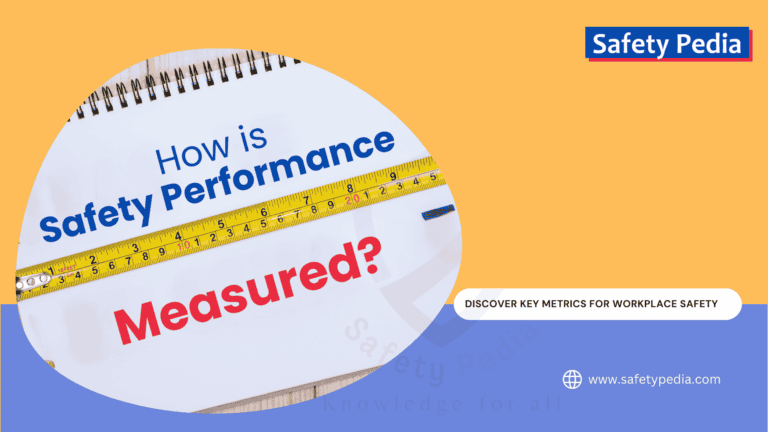
How to Measure Safety Performance?
Struggling to measure your workplace safety performance? Learn how to measure safety performance with key metrics to improve workplace safety. Discover essential indicators for risk assessment, compliance, and accident prevention.
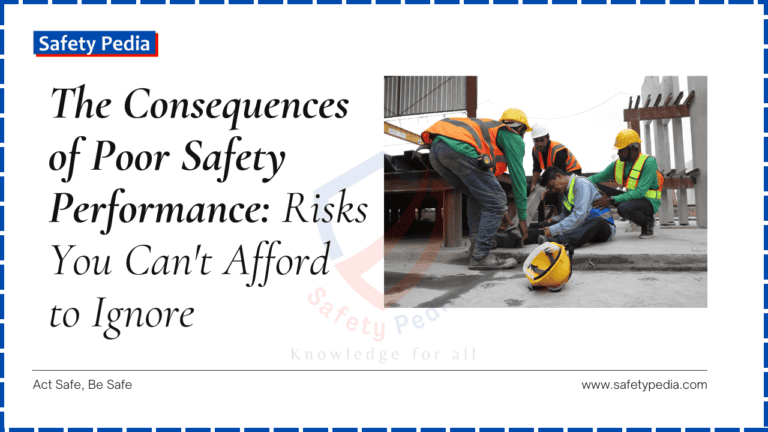
The Consequences of Poor Safety Performance: Risks You Can’t Afford to Ignore
Discover the potential consequences of poor safety performance in the workplace and how they can negatively impact both employees and the company as a whole.
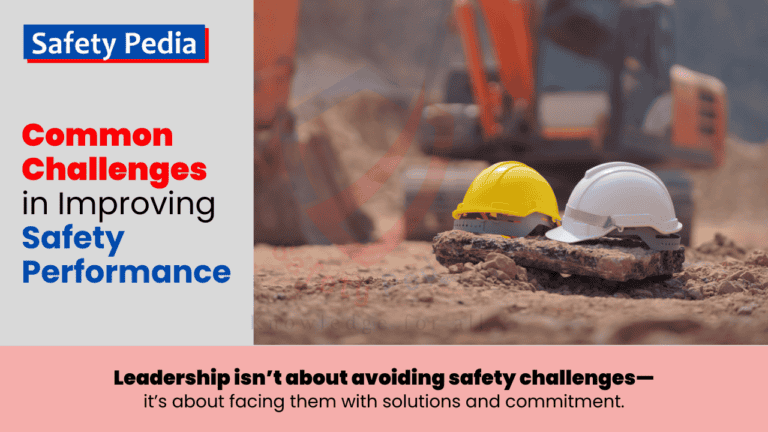
18 Common Challenges in Improving Safety Performance at Work
Discover 18 common challenges in improving safety performance at work. Learn how to overcome these obstacles for a safer workplace.
Join Our Safety Community!
Stay informed with the latest tips and insights on occupational health, safety, and the environment.

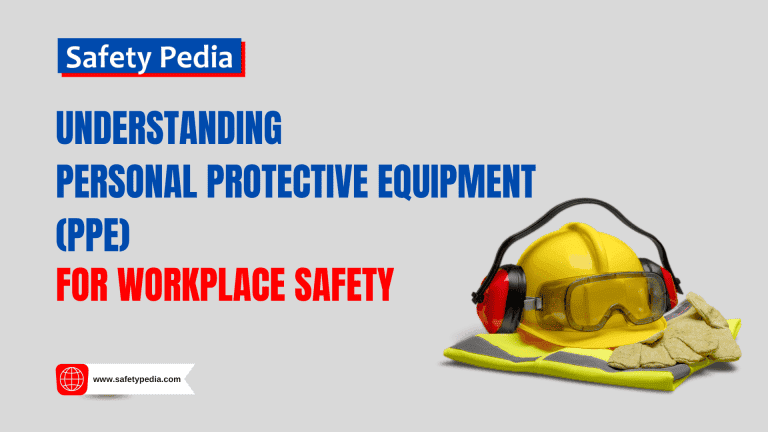



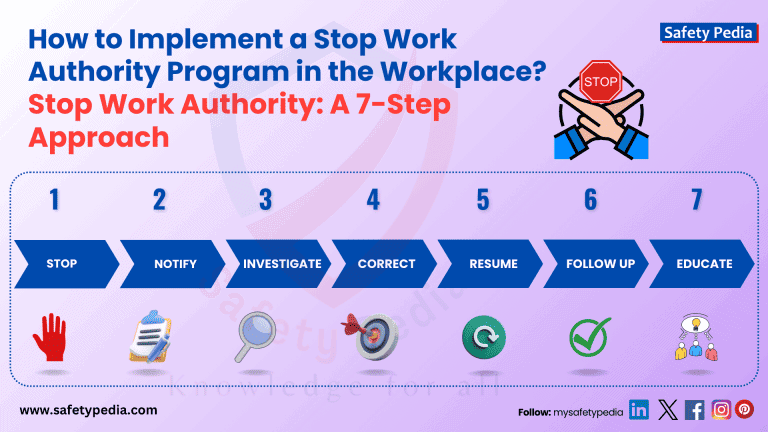
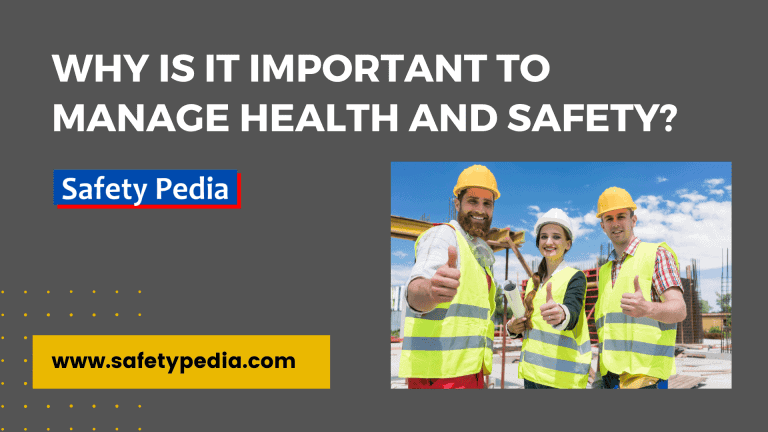
This blog effectively highlights strategies for leveraging social media to promote public safety awareness, offering actionable insights to educate, engage, and inform communities. A must-read for public safety advocates!
Thank you so much for your kind words! Your feedback is valuable to us. We’re glad you found the blog helpful and that it resonated with you as a valuable resource for public safety advocates.